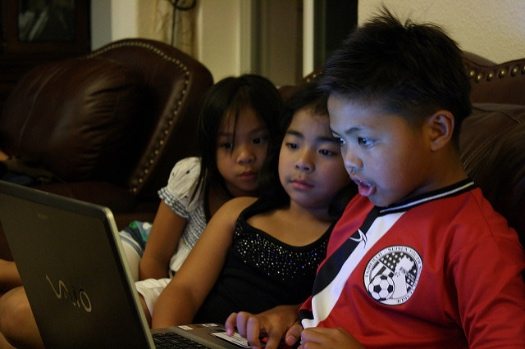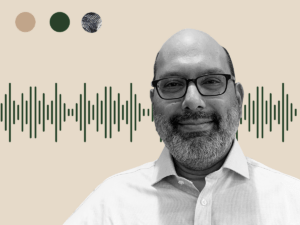
May 25, 2017; WIRED
For the 17–18 percent of school-age children and teens who don’t have access to high-speed Internet at home in 2017, it can be a struggle to get homework done. This sets them further behind their classmates, or at the very least forces them to spend time finding workarounds to use free Internet in public or private spaces.
But that statistic may soon change. Last year, with the help of a program called ConnectHome, a partnership between nonprofit EveryoneOn and the U.S. Department of Housing and Urban Development (HUD), the Choctaw Nation connected every single rental housing property in Talihina, OK, to low-cost Internet service.
Choctaw Nation was one of 28 pilot areas to join the ConnectHome initiative two years ago. The Obama-era program has since connected about 20,000 people in those places to the Internet and distributed more than 7,000 smartphones and laptops, funded with in-kind donations from Internet providers and advocacy groups. (If the families don’t have Internet at home, they probably don’t have a computer either.)
EveryoneOn has now announced its plans to take over the ConnectHome program from HUD and expand its efforts to close the digital divide in over 100 communities in the next three years—approximately 350,000 people. A representative from HUD will still serve on the organization’s advisory board, but the federal agency will no longer manage the program.
Sign up for our free newsletters
Subscribe to NPQ's newsletters to have our top stories delivered directly to your inbox.
By signing up, you agree to our privacy policy and terms of use, and to receive messages from NPQ and our partners.
The new entity, rebranded ConnectHome Nation, aims to not only grow the program but also protect it from the tides of change in Washington. Earlier this year, the Federal Communications Commission suspended the expansion of a program called Lifeline that would have provided low-cost connectivity to millions of low-income Americans. The FCC, led by chairman Ajit Pai, also chose to begin rolling back net neutrality protections, a move that proponents of equitable access have severely condemned.
The federal government has focused on the need to expand broadband infrastructure to rural parts of the country, an important component of closing the digital divide. But ConnectHome approaches the problem of affordability, a huge piece of the puzzle. EveryoneOn works with existing Internet service providers to offer Internet plans to anyone living in HUD-assisted housing for about $10 a month.
Many Internet providers have been offering low-cost access for years, but according to EveryoneOn CEO Chike Aguh, the massive amount of paperwork to apply for these plans to prove eligibility was a barrier. Now, people are eligible if they simply live in HUD-assisted housing.
So, the first two legs of the stool are access to the Internet (and computers) and affordability of the Internet. The third leg is digital literacy, of which EveryoneOn also works to help provide training so people can make the most of the digital world.
Ultimately, this isn’t just about closing the homework gap. Reliable and affordable access to the Internet also allows for more access to job applications and the increasingly networked world. And now with less ties to a bureaucracy that may hamstring the best of intentions, EveryoneOn can continue to work on its goal to leverage the democratizing power of the internet.—Angie Wierzbicki













